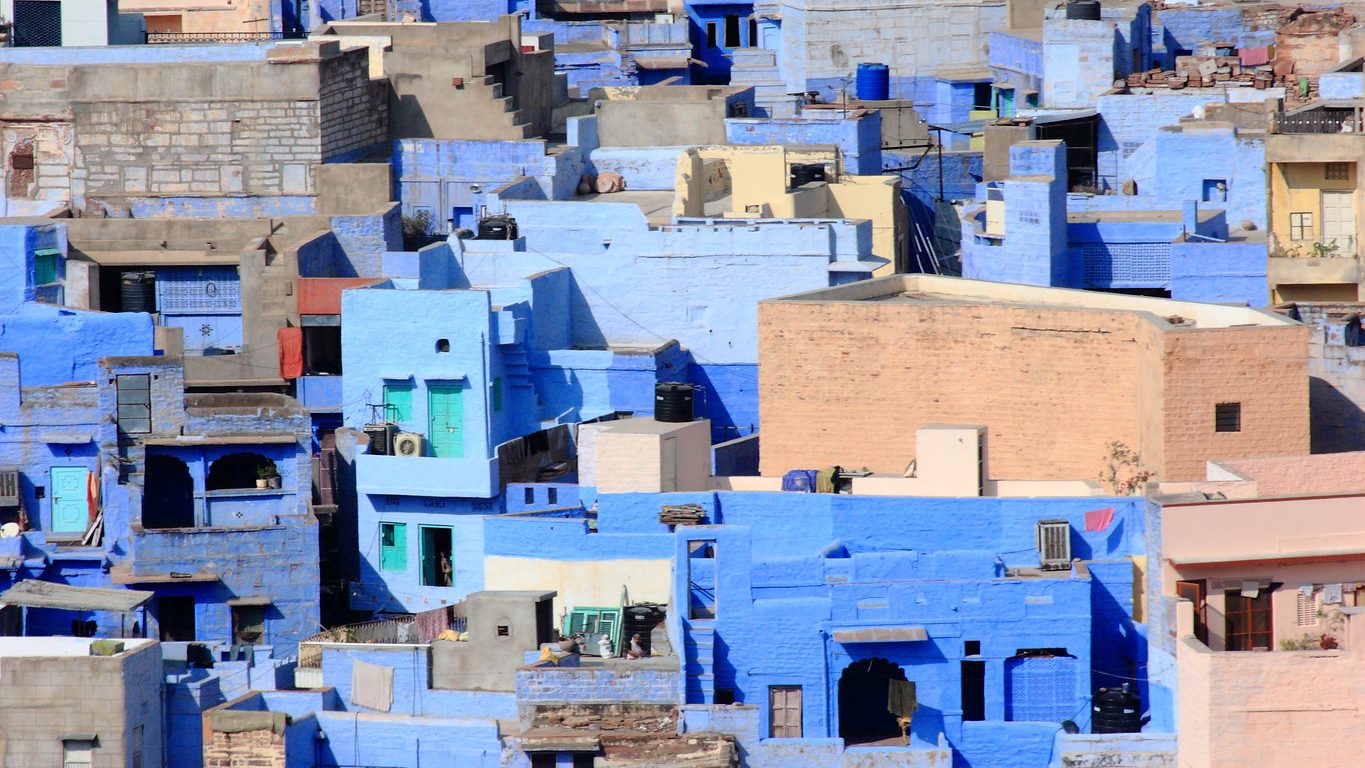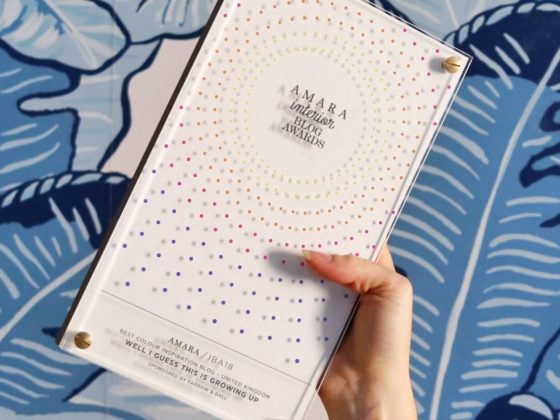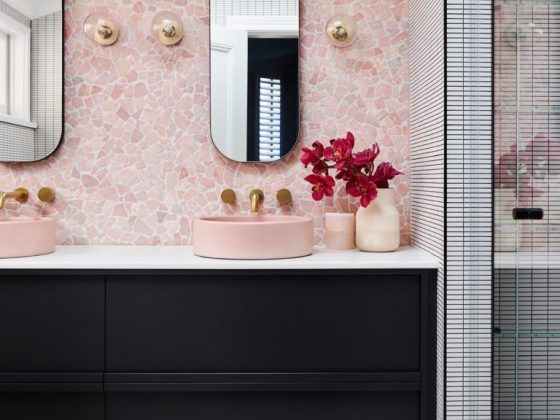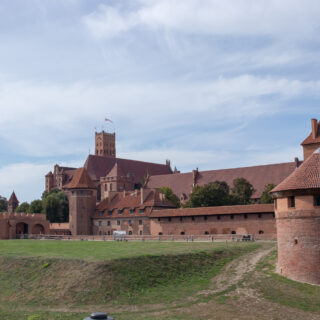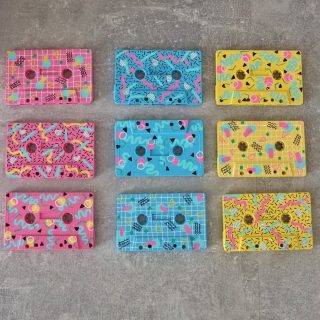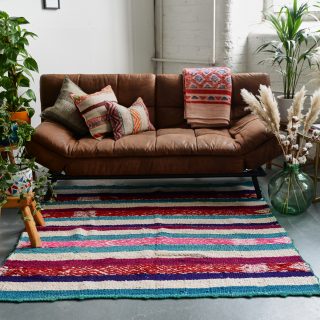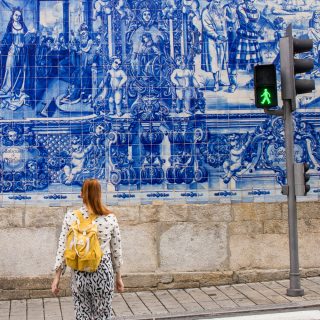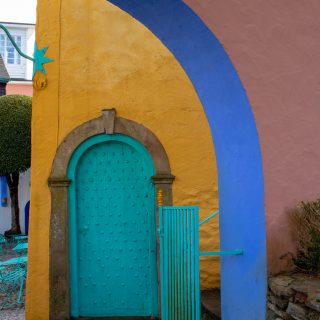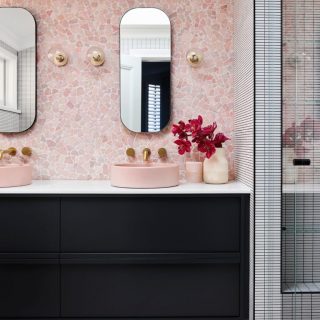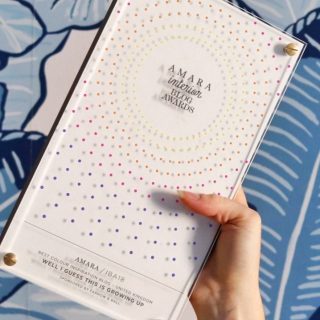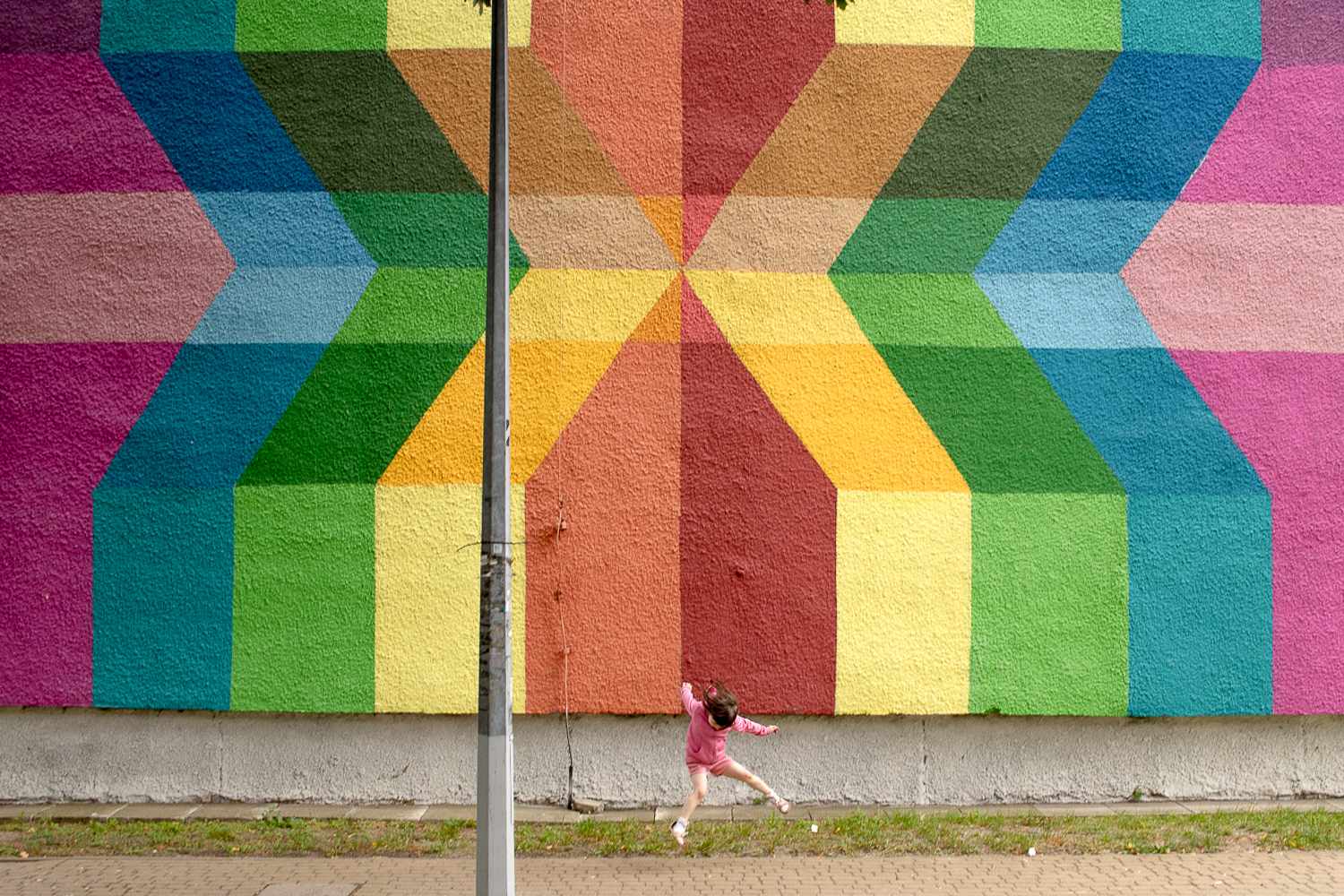Over the past few years, photographs have become the new holiday souvenir, trading in the shotglass and postcards for memories which we can cherish through a snap of our camera.
A yearning for emotional connection and for an immersive experiences, sensations and aesthetics have fuelled a brand new variation of ‘getting away from it all’. As so many of us are working more hours, certainly than the generations that came before us, it has become so much more important to do something that little bit different, embracing culture in all of its differences.
Readers of my blog will know that for me, this is absolutely the case, and I, along with my family, can often be found travelling lesser known cities, and hunting down cities of colour.
India is said to have seen a huge growth in the last 12 months, specifically in experiential travel, and on further exploration, it turns out they have a vast number of cities who wholeheartedly celebrate a colour of their own. I won’t be travelling in the next year as we welcome another baby into the family, but I’d hate for my research to go to waste! Below is the ultimate colourful Indian adventure.
Jaipur: The Pink City
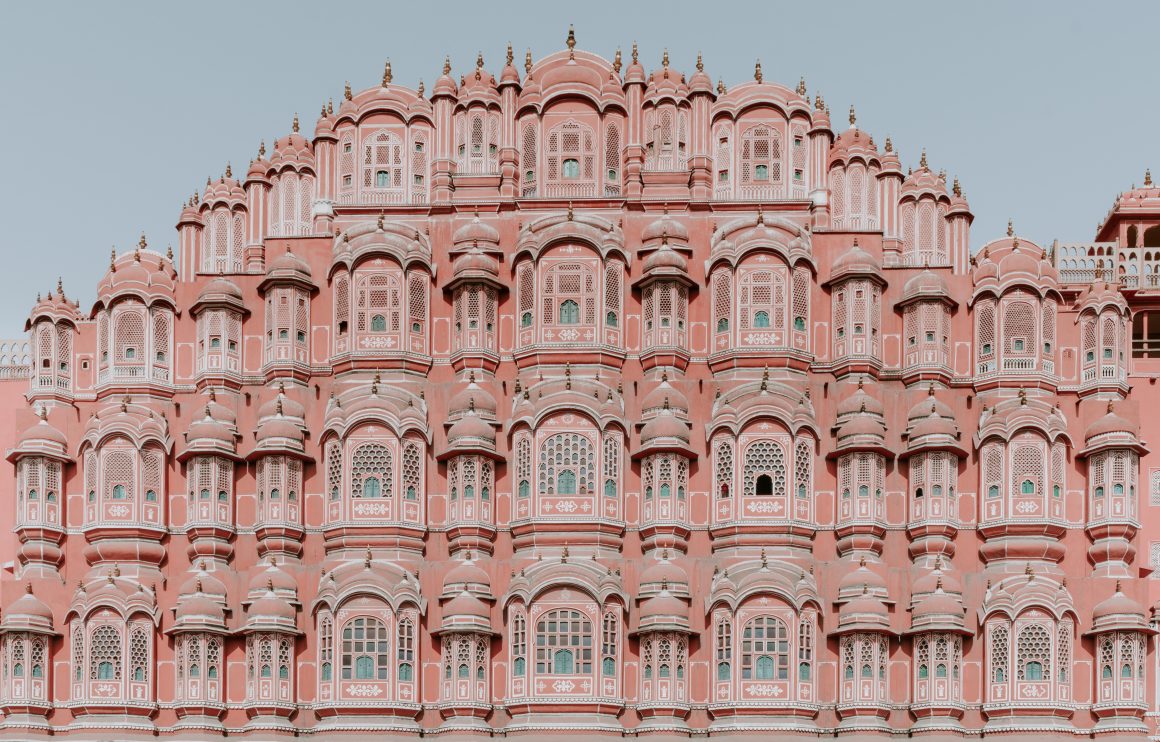
If there was ever a city with true dedication to a colour scheme, it’s Jaipur – a celebration of this beautifully chalky pink shade. In fact, the colour is now so vehemently ingrained into the identify of the city that every building within the walled historic centre is painted in this calcium oxide compound. As legend goes, the Maharaja Sawai Ram Singh started the trend in Victorian times, but it remains to this day thanks to his Queen loving it so much, that she made it against law to paint the city any other colour. Its legacy has even surmounted modern day technology and those eagle-eyed Instagram users will note that it’s one of the most well-loved Instagram Story filters with a rose-tinted appearance.
Tip: Don’t forget, applying for an Indian visa is necessary for all trips to India, but if you don’t have your exact dates yet, don’t worry as the validity period is a generous 365 days.
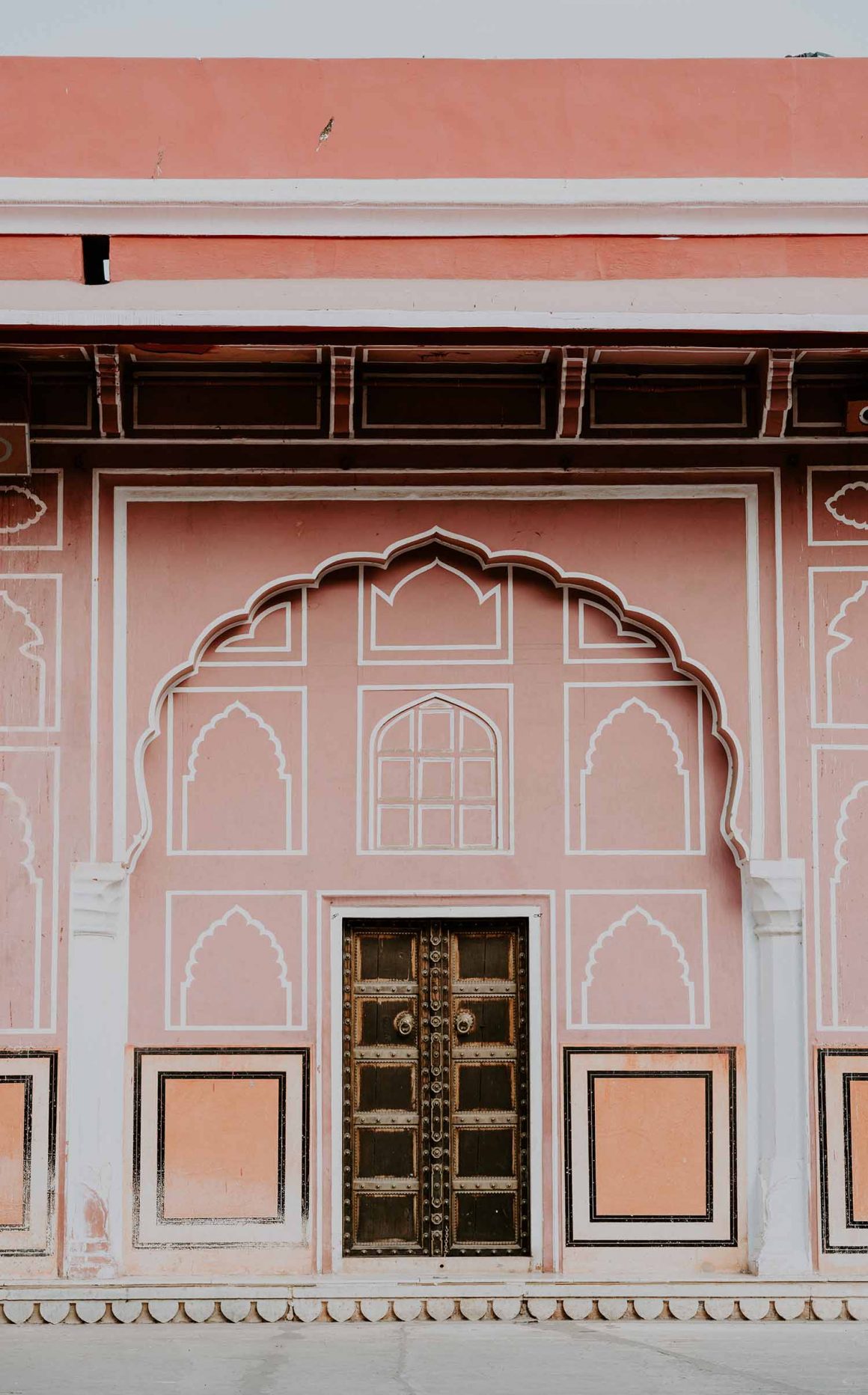
Udaiper – The White City
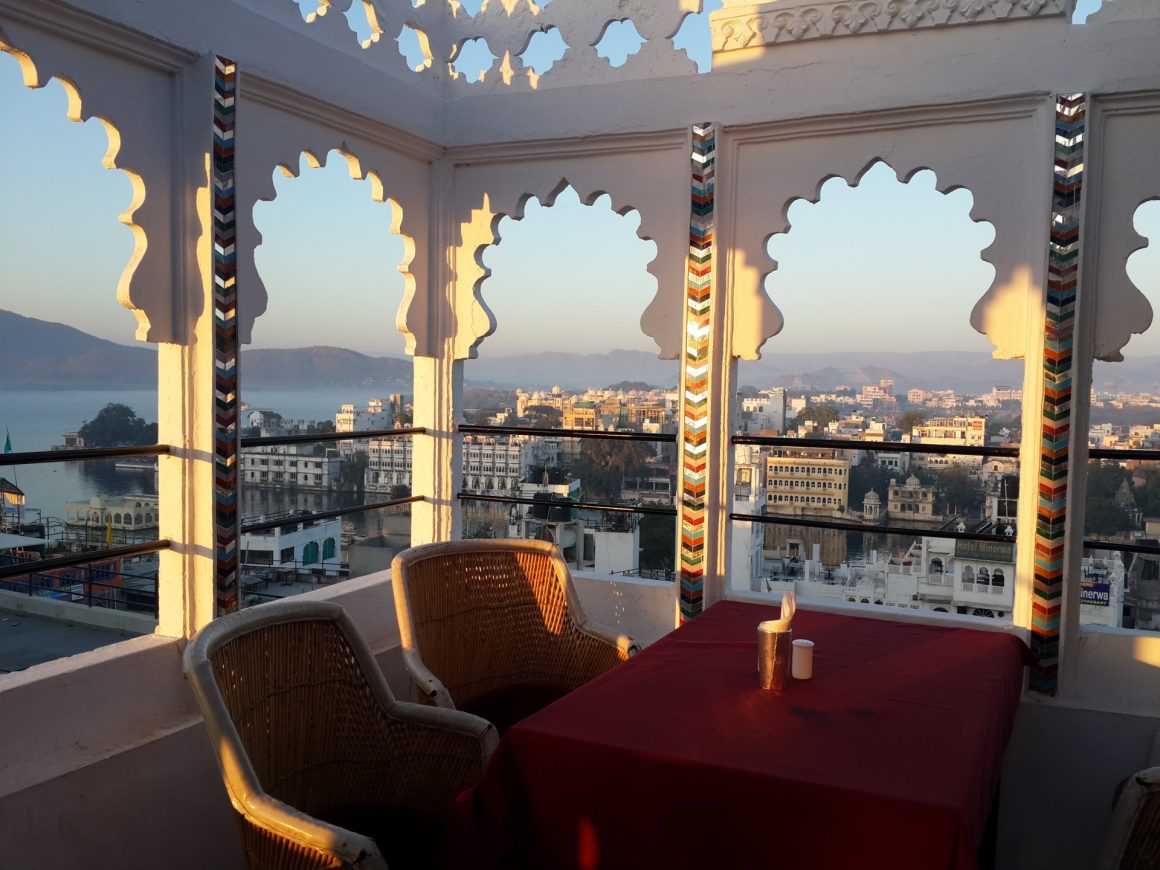
Udaiper has many identities, and whilst it is more commonly known as the city of lakes, due to the extensive marble structures which are reflected upon these waters, it is also referred to as India’s white city. Castles and forts fill the skyline of this Rajasthan city thanks to the royalty of many years gone by, with the City Palace taking center stage as a key emblem of the craftsmanship that has clearly gone in to carving out this city’s identify. Not surprisingly, due to the extensive water network in Udaiper, it’s sometimes nicknamed as the Venice of the East. If you’re viewing the city from above, it will glimmer with white from the sheen of the marble, to then be mirrored upon the water for a bonus wash of white giving the city a true sense of romance perfectly echoed by this Venetian nickname.
Tip: You can buy an India visa online and have it sent to you via e-mail.
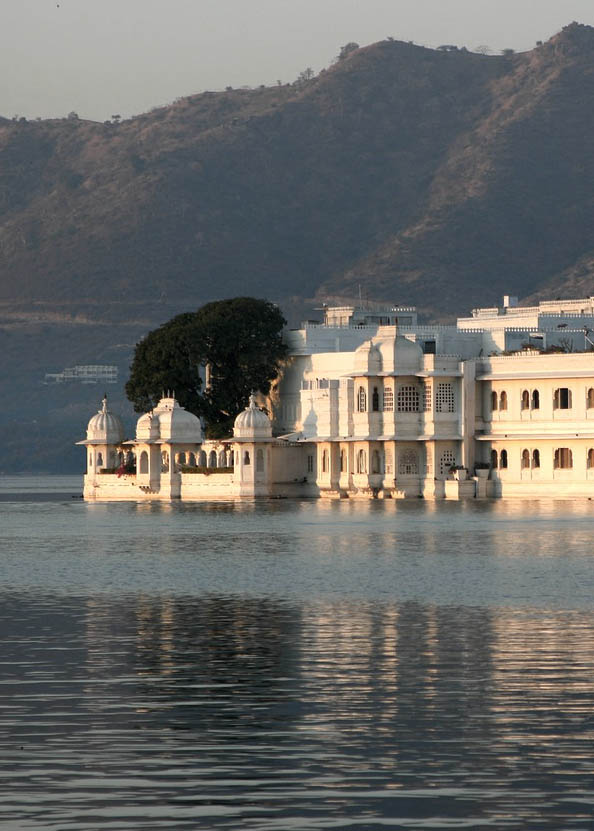
Jaisalmer: The Yellow City
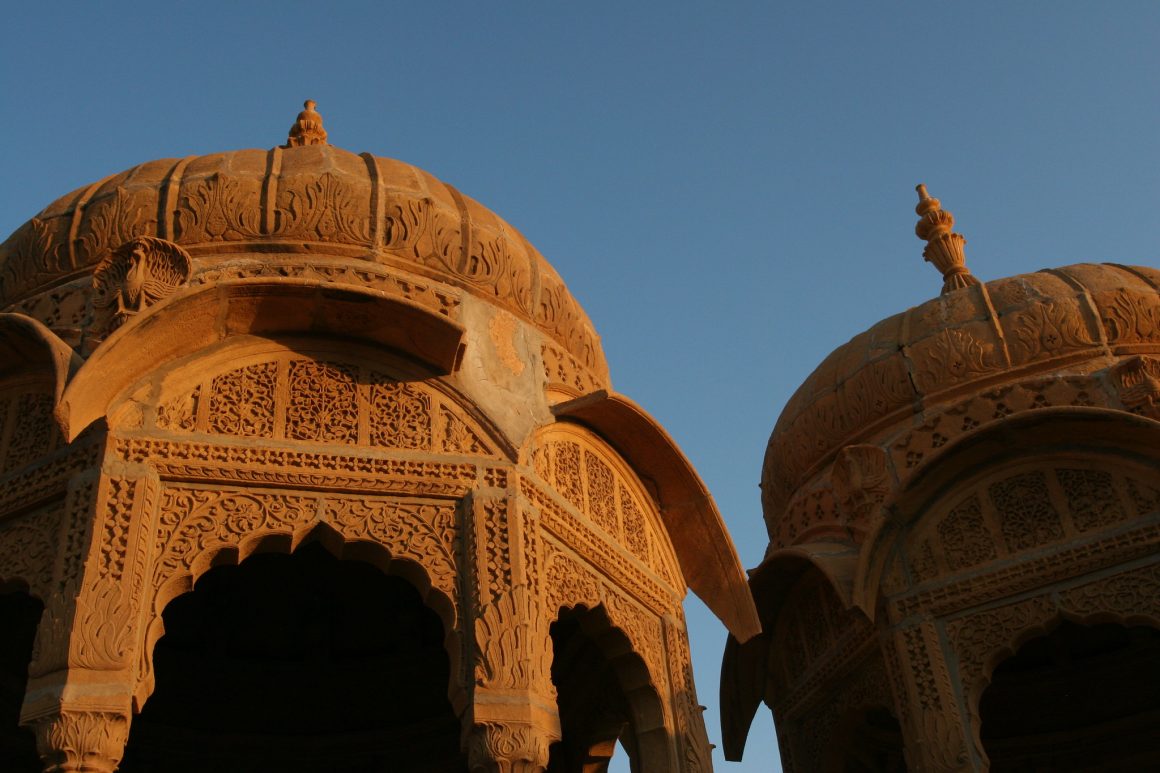
If there is one word that springs to mind when I have Googled the beautiful city of Jaisalmer, it is texture. Yellow sandstone against silky sand, and the beams of the sun shining down on this desert mean that, whilst it is a colour-blocked city of golden yellow, it’s far from being one-dimensional. In fact, Jaisalmer is now a world heritage site and each house and temple has been finely sculpted in this camel-toned stone and then surrounded by the now-famous Jaisalmer Fort to give a real palatial feel to the town, and connecting the bustling town from the sand dunes of the Thar Desert. The city may not be built of gold, but its attention to detail through architecture has certainly earned its title as the Golden City.
Tip: October to March is said to be the best time of year to visit if you’d like to embrace the sunshine but avoid becoming too hot and humid.
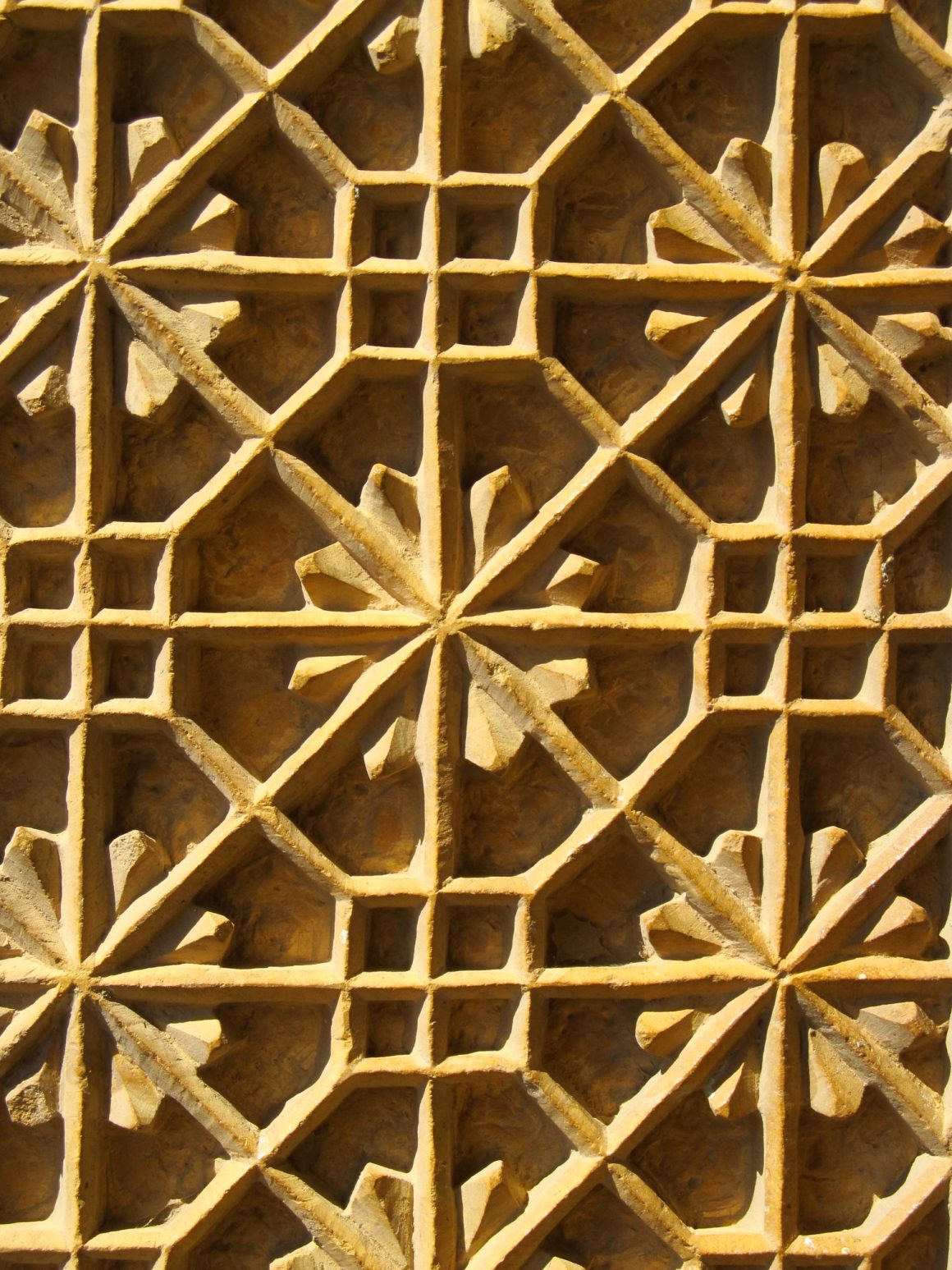
Jodhpur – The Blue City
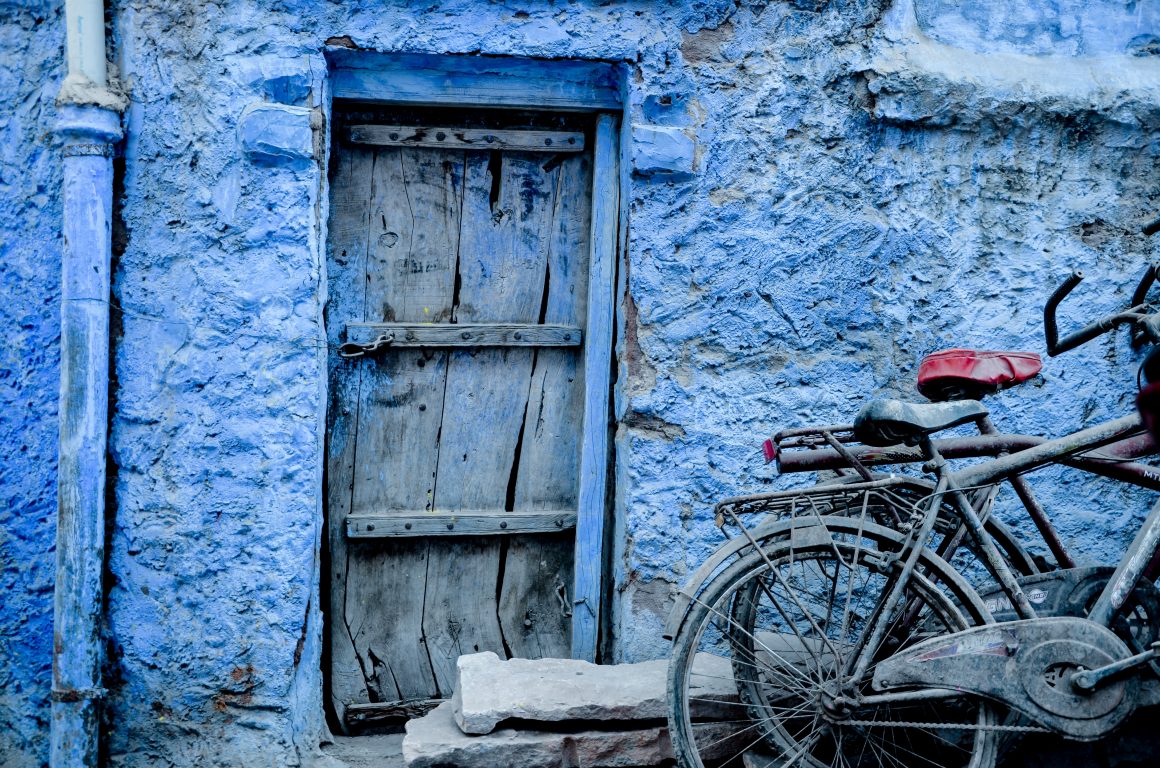
Blue cities have been on my radar for some time. After discovering Juzcar in Southern Spain a few years ago (the Smurf city of Andalucia), I’d not long then found Chefchaouen in Morocco and then Sidi Bou Said of Tunisia. Needless to say, these azure towns have not gone unnoticed on my travel bucket list, but I was delighted to then discover India’s very own blue city of Jodhpur, the second largest city in Rajasthan and not all that far from the Thar Desert as mentioned above. Like many colour-coded cities, the theme started with a meaning – in this instance, to indicate local priests’ homes – but over time, it has become a simple but well-loved part of a city’s identity. The pigments used in this colouring contrast beautifully against the gold of the nearby deserts, and thanks to winding streets and a reputation for textiles, Jodhpur has become much of a bazaar tourist hotspot well-known for craft and creation.
Tip: Head to the Mehrangarh Fort if you’d like a full view of the blue buildings from above. Great photo opportunity!
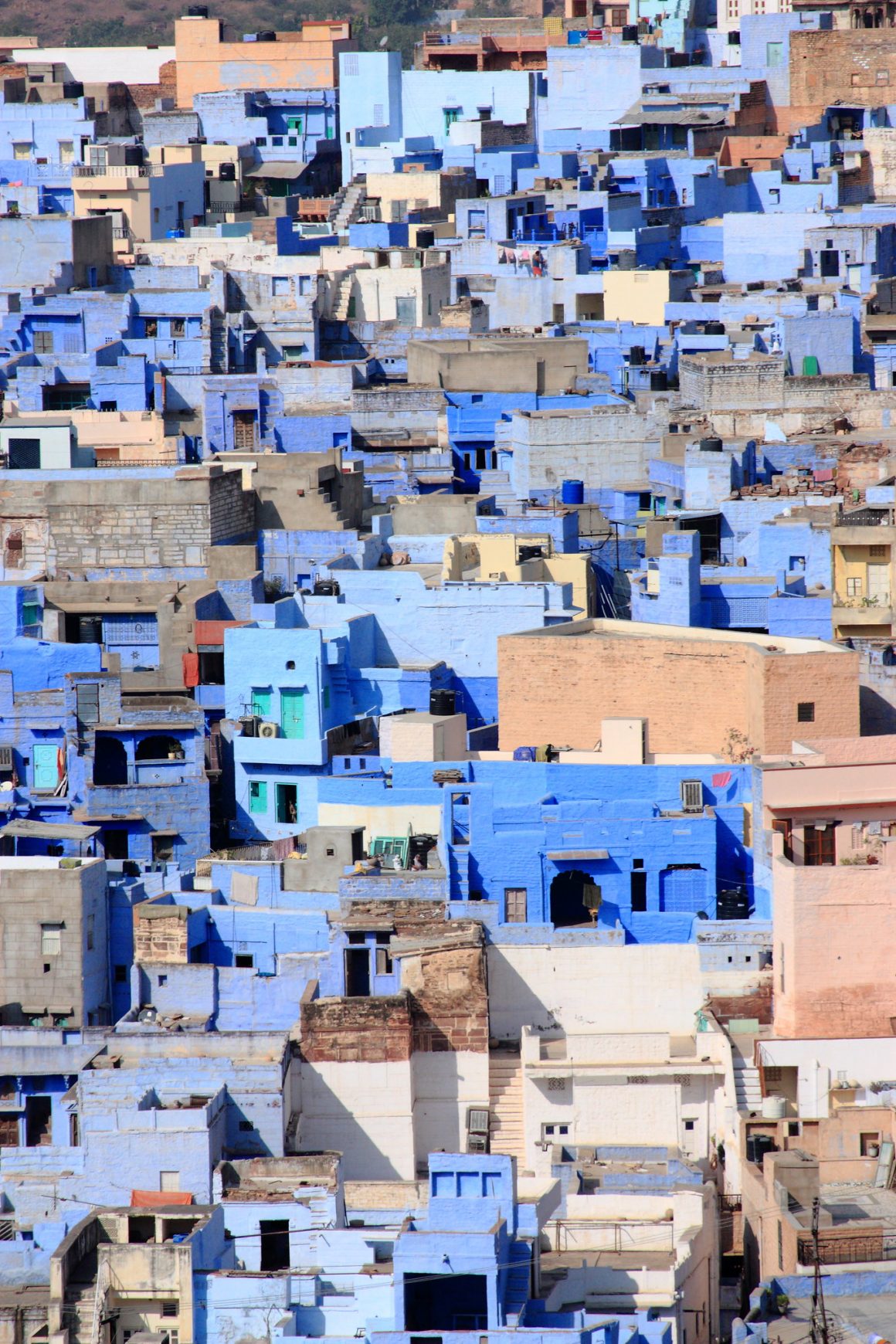
Pondicherry – The ‘French Mustard’ Town
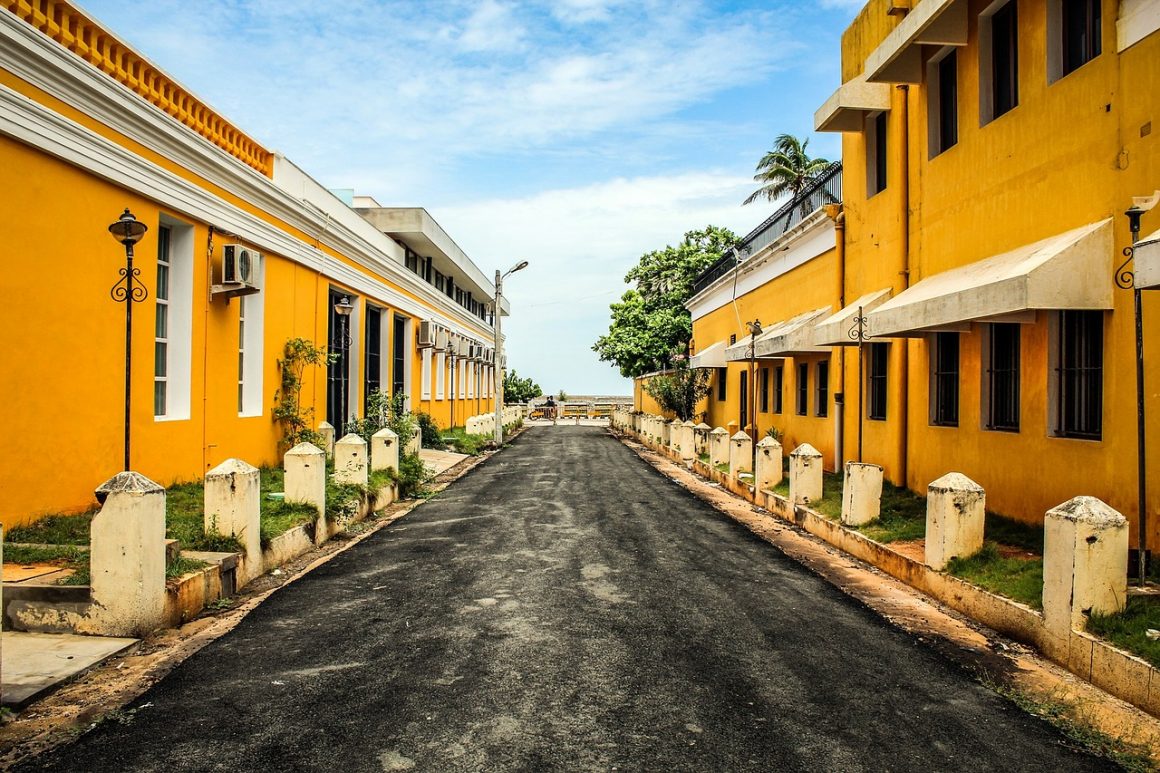
The French Quarter district of Pondicherry is probably the closest you’ll get to authentic France whilst in India, with many street names said to be French, and the streets adorned in a fantastically vibrant shade of mustard yellow. With cobbled streets, boutique coffees shops, and a promenade by the sea, this quaint, aesthetically-European district has had a surge of foodie businesses flock to its sunshine strip, giving it a true leisurely feel. Small enough to retain the charm of a tiny town and slow-life vibe, for those travelling via Delhi or Mumbai, it’s a picturesque break away from the bustle of big cities.
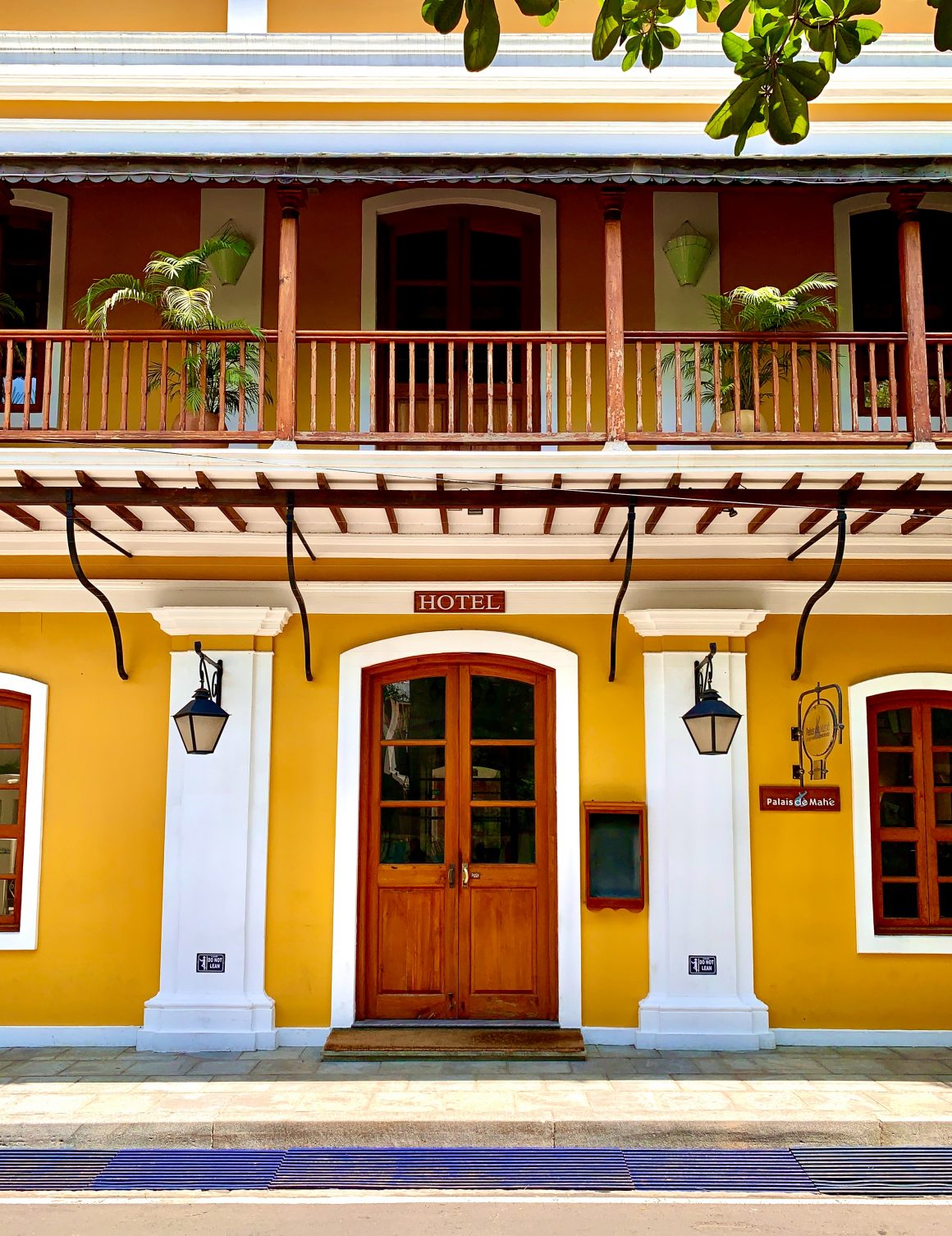
Chennai – The Rainbow Temples
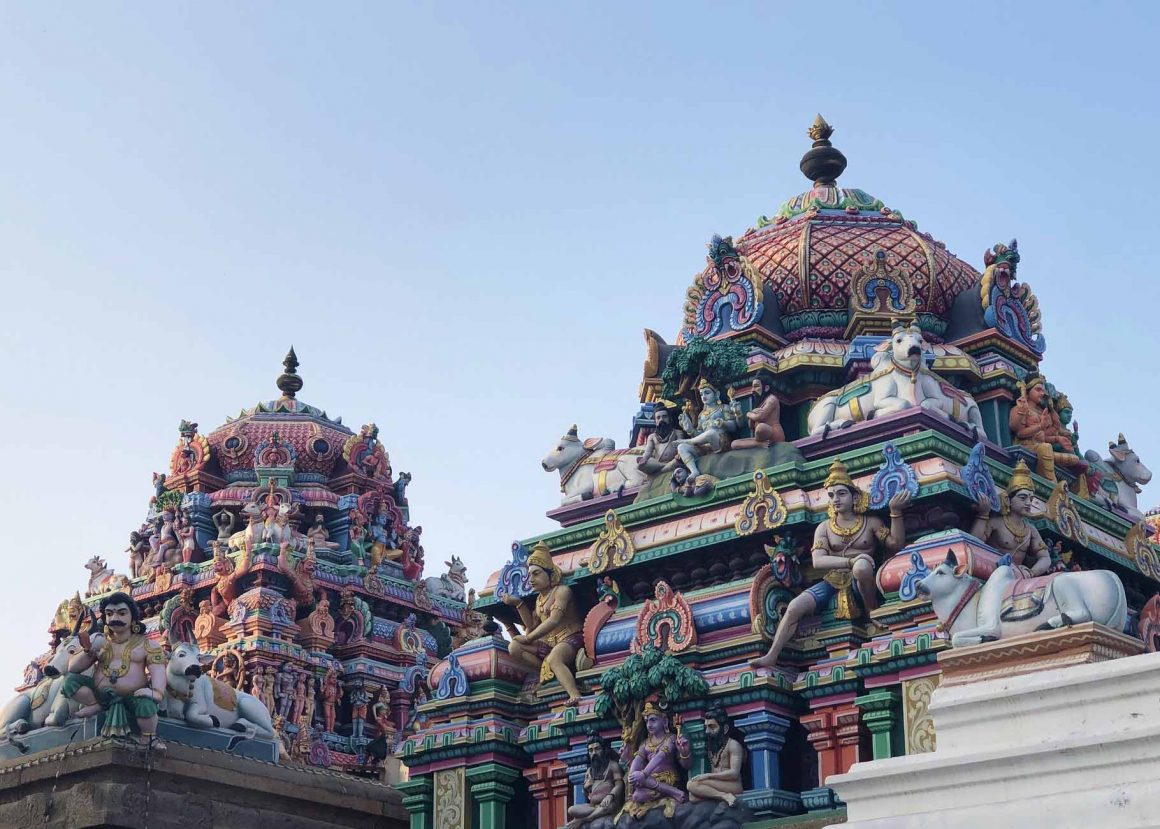
Chennai may not be themed around one central colour, but instead it celebrates its culture through use of all of them, offering a rainbow effect to the city in celebration of the rich mythology and ancient traditions which the architecture reflects. Known best for its temples, some of which date back to 800 AD, Chennai is an expanding metropolis, torn between its bustling growing city and the serenity it so builds its heritage on through places of worship. It’s fascinating that these temples, used as a place of calm and worship, are bursting in vibrant technicolour – something in the western world so often associated with noise and disruption. The sculptures which atop the temples are truly a celebration, and I, for one, would love to see how brightly they shine when the sun hits.
Tip: If you have your heart set on arriving to India by boat, visa check points are only available at the ports of Chennai, Cochin, Mormugao (at Goa), New Mangalore (at Mangalore) and Mumbai.
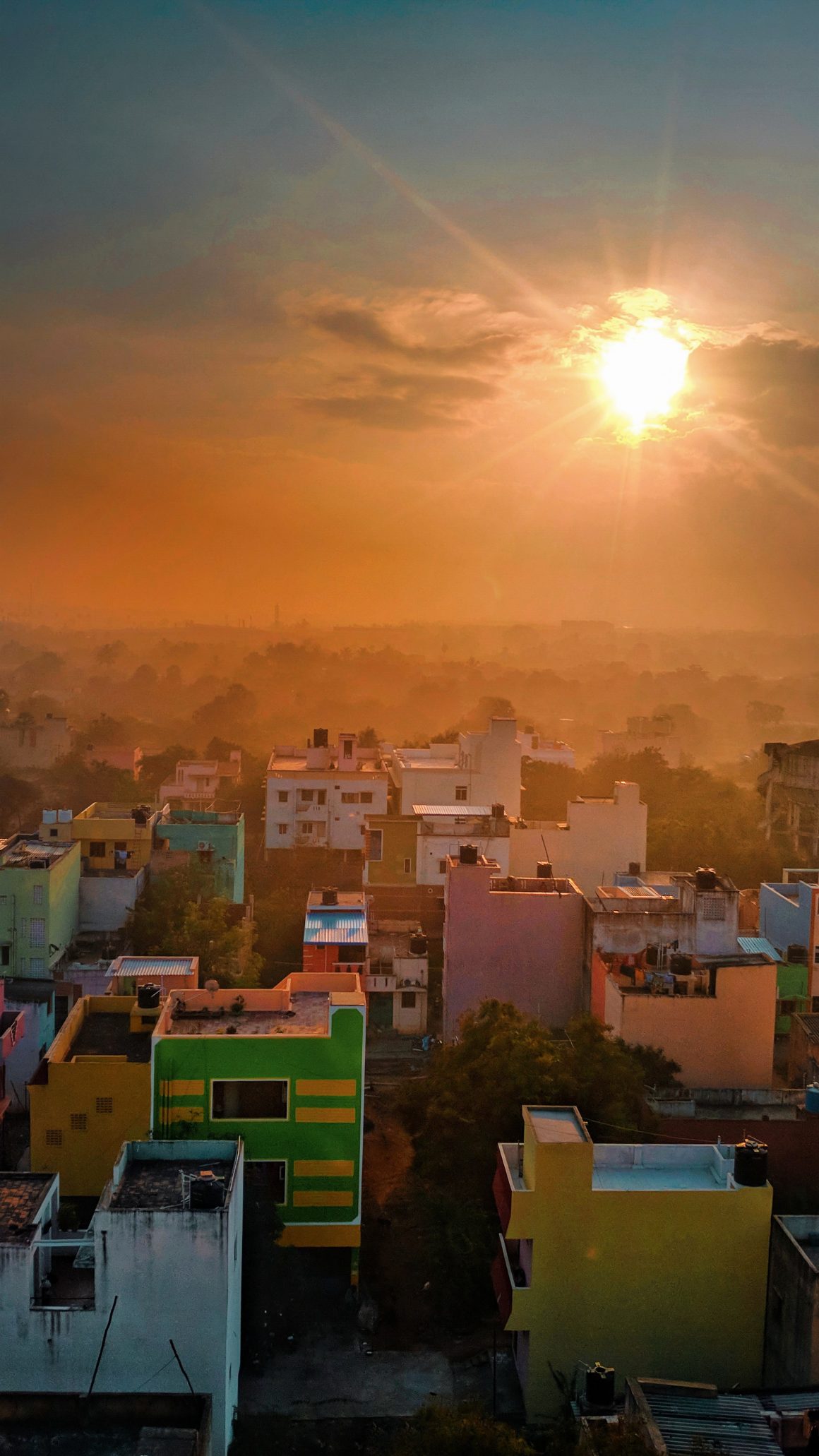
This is a paid collaboration with e-visa. All words and research are my own, with images credited below. Many thanks to the brands who continue to support Well I Guess This Is Growing up, and to the readers who continue to return. Happy travels!
